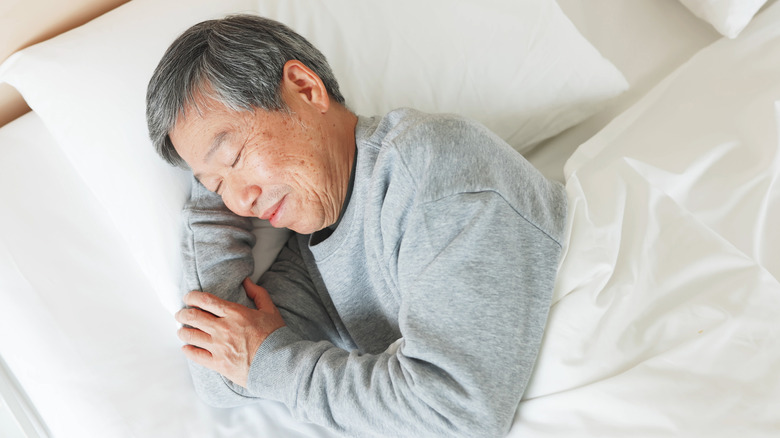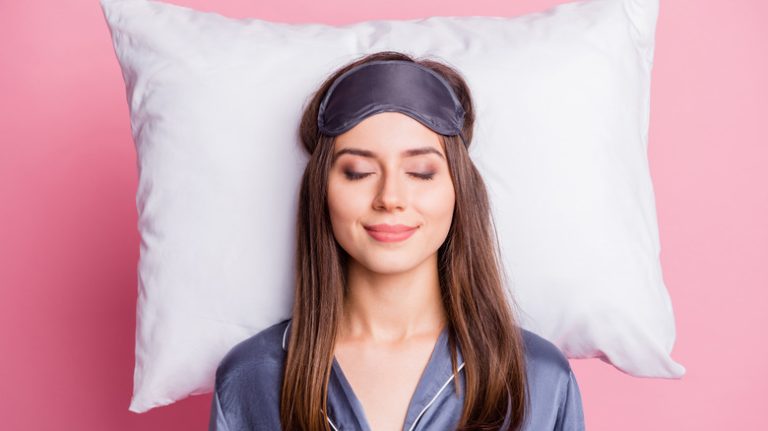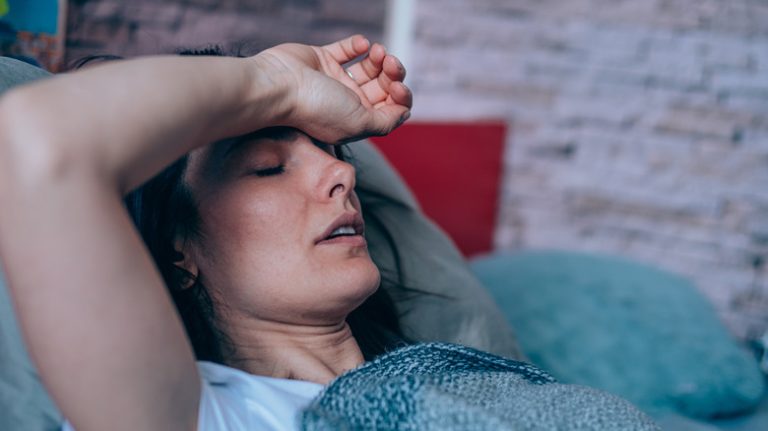Pillows, sheets, and a cozy comforter all play a role in creating the sanctuary that is our bed. When laying our heads to rest, comfort is crucial to our quality of sleep. Of all the physical parts that make up a bed, a mattress topper often gets lumped in as the same thing as a mattress pad. According to the bedding company, Ecosa, a mattress pad is a thin material we stretch over our mattress prior to putting our fitted sheet in place. Its purpose is to prevent bacteria and moisture from making their way into the mattress. A mattress topper, on the other hand, can be made of a variety of materials and serves a different purpose that may have more to do with our health than you might think.
First, a bit about the importance of sleep. According to 2024 research published in the Gastroenterology & Hepatology journal, the National Sleep Foundation states the average adult should get at least 6 hours of sleep per night, but should not exceed 10 hours — with the sweet spot lying between 7-9 hours nightly. When sleep-deprived, we increase our risk for certain health conditions such as stroke, diabetes, kidney and heart disease, as well as gastrointestinal issues.
Is it possible that a mattress topper can help prevent the development of these potential health problems?
A mattress topper can promote our quality of sleep

While a mattress pad is designed with protection in mind, a mattress topper is all about comfort (via Ecosa). According to Mattress Guides, most mattress toppers provide roughly 4-8 inches of cushion. Back pain is not uncommon for people who may be sleeping on a sagging mattress or positioned in ways that put strain on their bodies throughout the night. Thankfully, a mattress topper can help by providing both neck and back support to keep your body in proper alignment.
While a mattress topper’s main focus is comfort, it does provide some of the same protective elements as a mattress pad. For those with night sweats or sleeping in an extremely hot room, the Washington City Paper reports that we can sweat between 1-2 liters over the course of a night — Yuck! Because a mattress topper serves as another layer between ourselves and our mattress, it can lessen the chances of sweat permeating into our mattress, as well as other irritants, such as pet dander, dead skin, and dust mites. According to Mattress Guides, this can help prevent outbreaks of eczema, asthma, and other allergic reactions.
From pain relief to germ protection, mattress toppers can provide us both peace of mind as well as peaceful sleep, leaving us feeling alert and energized the next morning.



